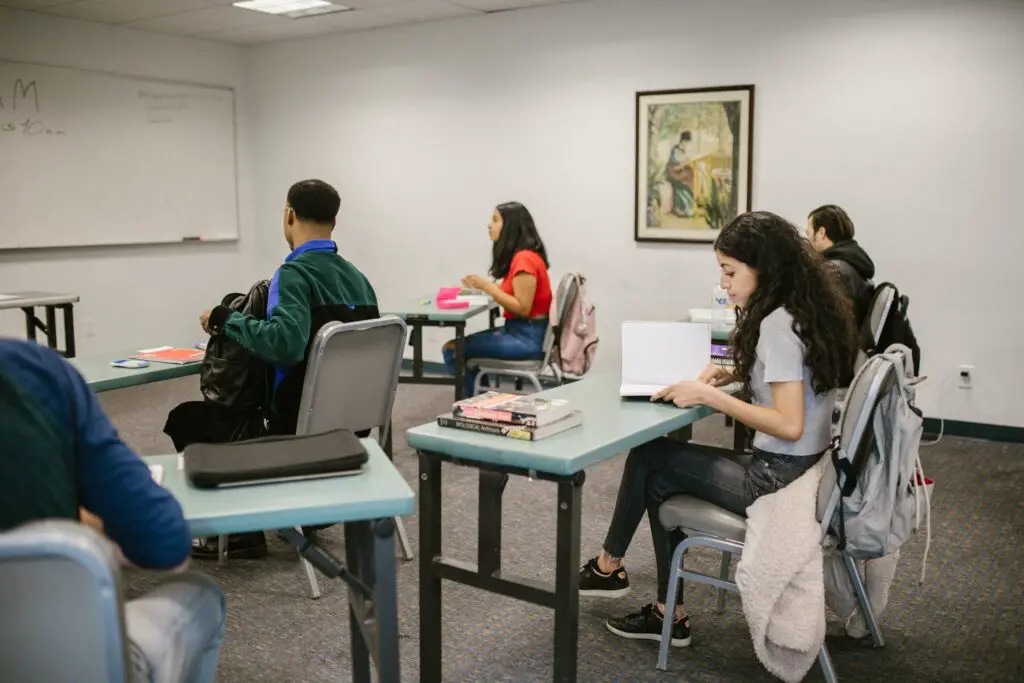The US Department of Agriculture has granted the University of Arizona (UA) and Diné College a total of $500,000 to train Navajo Nation college students to become future water scientists.
The fund, which is part of the Tribal College Research Grant Program, will be used to provide Navajo youth with technical and hands-on experience in microbiology, as well as chemical and microbial water analysis. Diné students will also be educated about traditional and advanced water and wastewater treatment procedures.
“Water scarcity is increasing day by day, and we need our own Navajo water scientists who understand the traditional values associated with water and its importance. For Navajos, water is life. Water is used for a number of ceremonial purposes,” Diné Microbiology and Biomedical Sciences Professor Shazia Tabassum Hakim said.
UA Chemical and Environmental Engineering Professor Vasiliki Karanikola spoke about the importance of training the next generation of water scientists since the Navajo Nation has no access to public infrastructure for running water and electricity.
“Providing STEM tools and opportunities to Native American college students to understand and solve emerging water challenges is very important, as it creates a new generation of scientists and engineers ready to address water challenges within their own communities,” Karanikola explained.
Program Development
A research team of experts will be formed to identify and address microbial and chemical contaminants in treated wastewater. The group will use samples taken from research sites in Tuba City and Chinle.
Once the study is complete, the information collected will be shared with future Navajo water scientists. The data will also be used for further program development.
“In Navajo culture, water has integral value in day-to-day life. Hence, this study will be conducted as a baseline research project with a focus on training our students to help support the best interests of the Navajo Nation,” Hakim stated.
“At the same time, our results will be available to communities outside the reservation for guidance and utilization,” she added.

